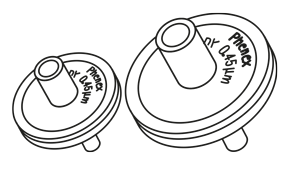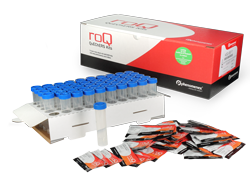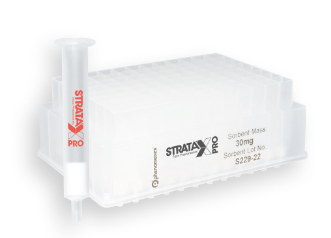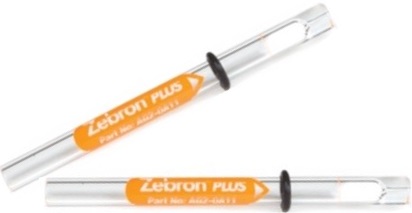Protecting the column and instrument components from exposure to dirty samples is important! Non-volatile or high molecular weight components can contaminate the stationary phase, causing poor peak resolution, lower accuracy, and poor column lifetime. Cutting off the damaged portion will often restore your column’s performance, but over time performance will degrade to a point where the column can no longer be used. If you are experiencing rapid degradation of column performance, there are several simple ways to help protect your column and increase lifetime:
Ensure Proper Sample Preparation
Proper sample preparation is the first step in minimizing or eliminating contaminants and matrix effects, resulting in longer column lifetimes and increased signal-to-noise ratios. Depending on your analysis, choose a sample prep technique that addresses the needs of your sample - there are several options, including sample filtration, QuEChERS, and solid phase extraction.
- Sample Filtration: filter your samples prior to injection with syringe filters (See Phenex™ syringe filters). This is the least selective option.
- QuEChERS: for broad cleanups of samples with varied functional groups, try the "Quick Easy Cheap Effective Rugged and Safe" method. (See roQ™ QuEChERS kits). This more selective and well-suited for food matrices.
- Solid Phase Extraction (SPE): The most selective option is solid phase extraction. See Strata™ (silica-based media) or Strata-X™ (polymeric media) SPE cartridges to eliminate contaminants.



Use A Guard or Guardian Column
Zebron™ GC columns with Guardian™ integrated guards are unlike traditional guard columns in that the guard is built directly into the analytical column in one continuous length of tubing. Traditional guard columns may be difficult to seal and can leak after normal column maintenance. Zebron Guardian columns provide the same inert column protection, but eliminate the possibility of leaks.
Z-Guard columns are 5 or 10 meter pieces of deactivated tubing that are connected to an analytical column using a glass press-fit connector. The tubing acts like a trap for non-volatile residues that would otherwise damage the stationary phase of your analytical column.
Use A Wool Liner
The liner is the first line of defense for your column and the style you choose can make a big difference in how much contamination gets onto the column. The easiest thing to do is to add a small amount of silanized glass wool to a liner, which traps the non-volatile compounds and prevents them from entering the column. Caution: glass wool can also add activity for acids, bases, and pesticides – crushing the glass wool can lead to increased activity, so it is recommended to purchase pre-packed liners, rather than try to pack your own.

“Baking Out” Your Column
The easiest way to reduce column contamination is to add a short, high temperature bake out at the end of the standard GC method. This bake out helps remove high boiling contaminants that would otherwise remain in the column and cause damage. To bake out, the final oven temperature needs to be set high enough to ensure elution of these compounds, but not so high as to cause thermal damage. This can be done either isothermally, or more commonly via an oven ramp until the last components elute from the column. Caution: NEVER exceed the upper temperature limits of your column. DO NOT exceed more than fifteen minutes at the upper isothermal temperature limit specified for the column.